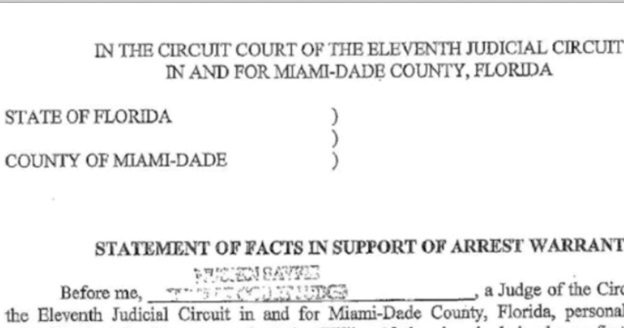Criminal charges codes are arranged into a series of acts that cover a wide range of themes, with the Penal Code of California serving as the most renowned example. From then, the material devolves into legal language, which is not always the most straightforward to comprehend. This is not because the law wishes to penalise you for a lack of comprehension, though.
Overview
- The Penal Code of California was established in 1872 and is divided into the following sections:
- Correctional Institutions: State Prisons and County Jails: Crimes and Punishments of Criminal Procedure
- Preventing crime and apprehending criminals are two important goals.
- Observance of the Memorial to Peace Officers Control of Deadly Weapons
The code opens with a new section titled Preliminary Provisions, which is not found anywhere in the code best divorce attorney. Separate names for each component, as well as chapters within those titles, are followed by sections that contain the particular statutes.
For example, the Title of the Act is the very first section of the Code, and it defines the law and outlines the sections that make up the code. Sections 2 through 24 of the Preliminary Provisions follow from this section.
The Preliminary Provisions of the California Criminal Codes cover the fundamental establishments that do not have an impact on the majority of the subsequent material. From there, California’s criminal charges laws include several terminologies that your attorney must be familiar with, but that you, as their client, do not necessarily need to be familiar with in their entirety.
The most fundamental definitions are that crimes are public offences that violate the law and that they are punishable by death. Incarceration, fines, removal from office, and disqualification from holding public office in the state are all possible punishments.





